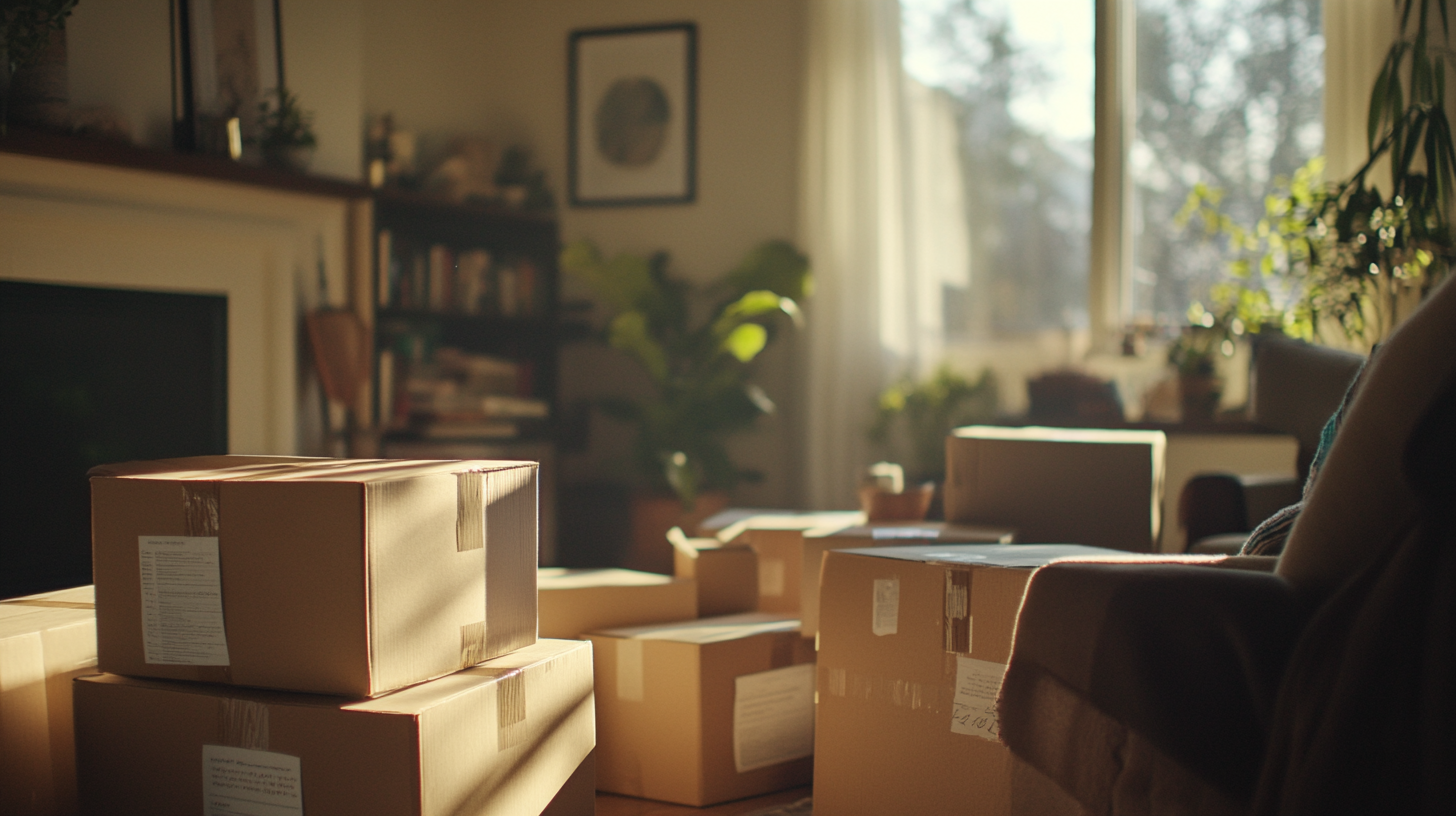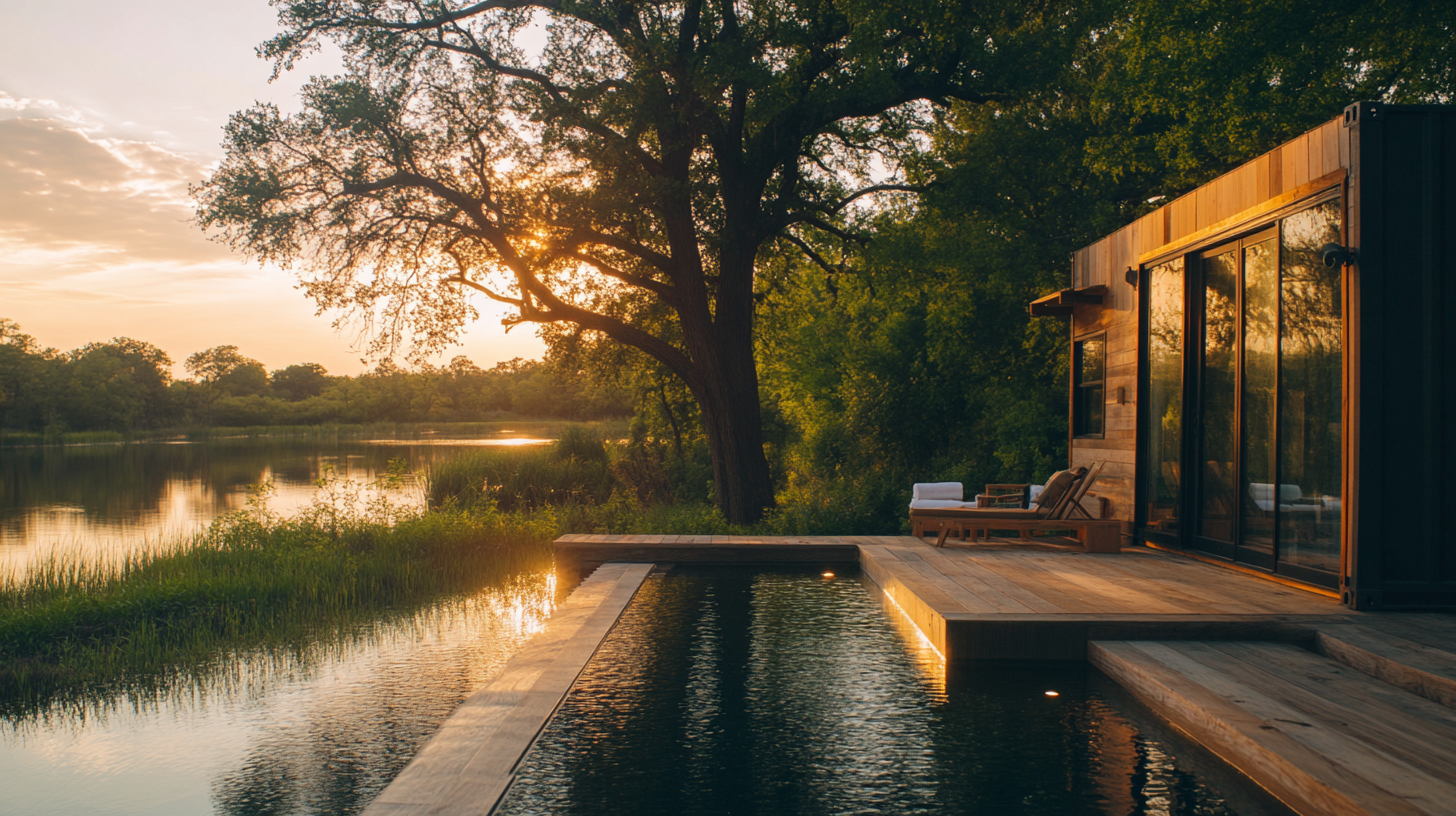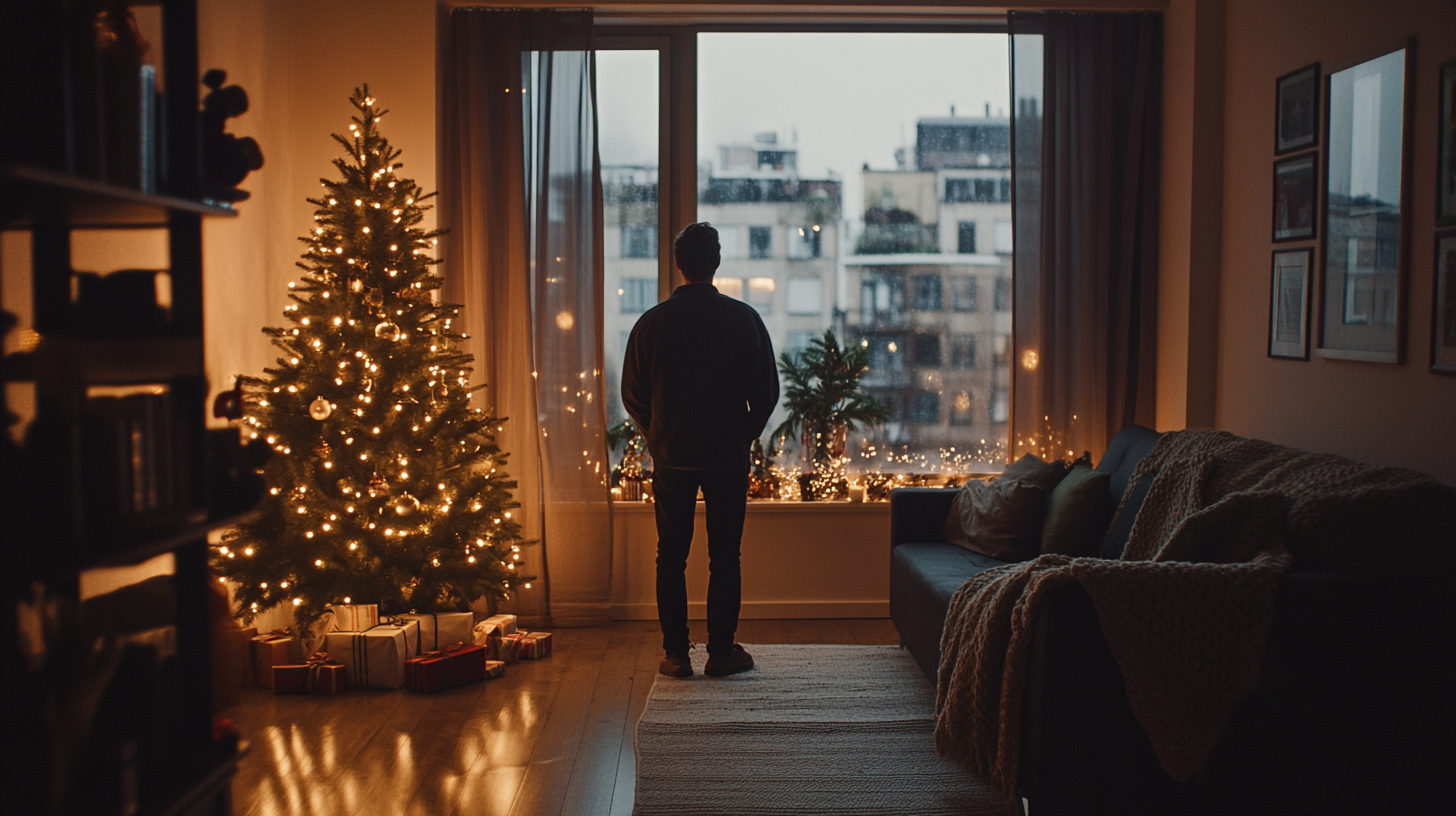NEVER Buy These Types of Houses: Avoid Costly Mistakes
Buying a home is one of the biggest investments you'll ever make. While finding your dream home can be exciting, it’s essential to be cautious. Some houses may look perfect but come with hidden issues that can drain your bank account and peace of mind. In this guide, we’ll cover the types of houses you should never buy, helping you avoid costly mistakes and make informed decisions.

1. Houses Over 100 Years Old
Old homes can be charming with their unique architecture and vintage appeal. However, these houses often come with expensive problems:
- Outdated Plumbing: Many older homes have lead pipes, which pose health risks. Replacing all the plumbing can cost tens of thousands of dollars.
- Electrical Issues: Homes built before 1960 may still have outdated knob-and-tube wiring or wiring with old insulation. This can be a fire hazard and require costly updates.
- Asbestos: Asbestos was commonly used in insulation and flooring in old houses. Professional removal can be expensive, and leaving it untreated is a health risk.
- Unsafe Features: Steep staircases, low ceilings, and outdated designs like laundry chutes or dumbwaiters can pose safety risks, especially for families with children.
While old homes may seem appealing, consider the significant costs of repairs and updates.
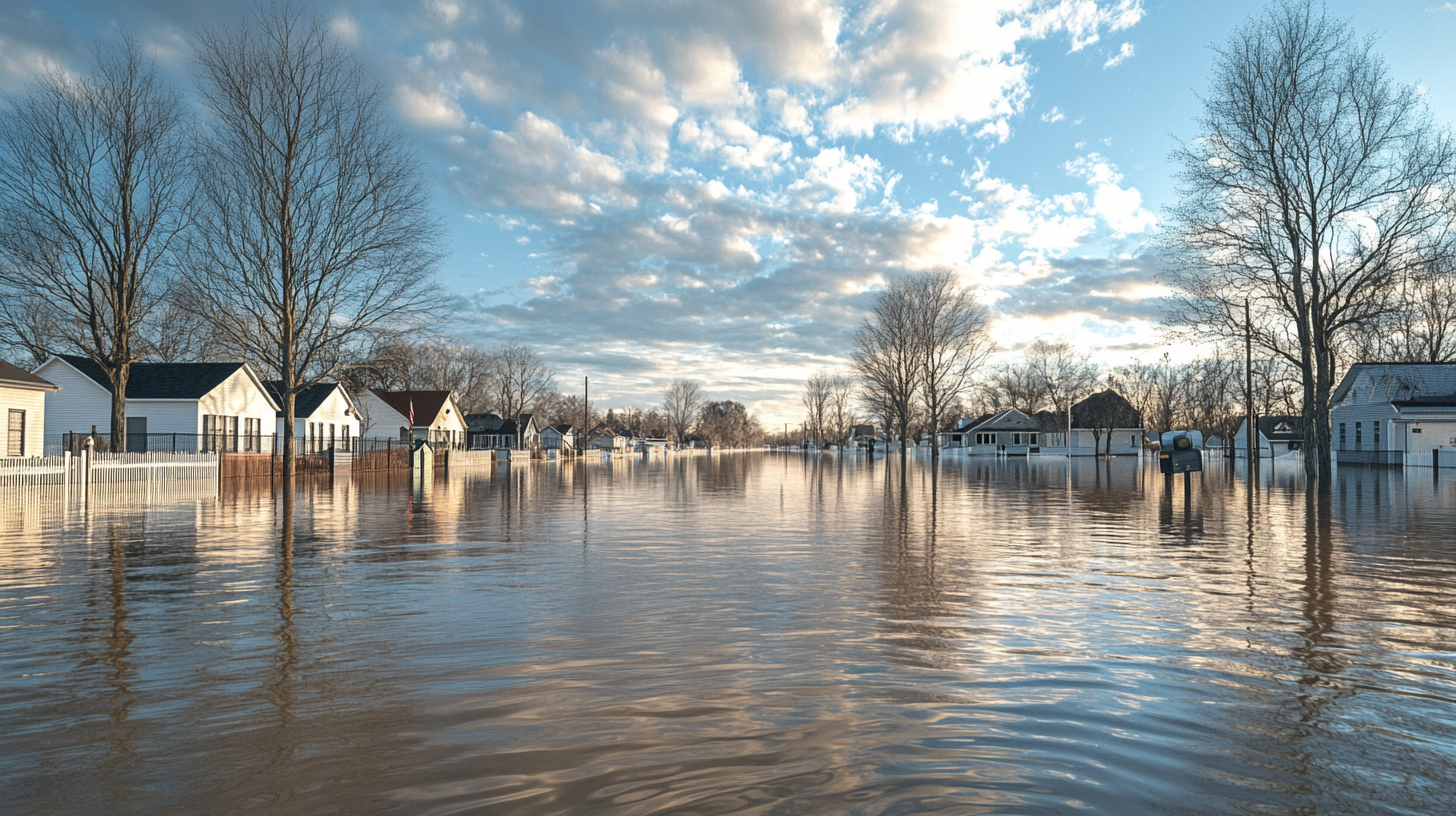
2. Homes in Flood Zones
Houses located in flood zones might seem fine during sunny days, but one major storm can change everything. Here’s why you should avoid them:
- High Insurance Costs: In the U.S., flood insurance averages $800–$1,000 annually. In high-risk areas, like New Jersey or Florida, it can exceed $5,000.
- Unpredictable Weather: Even homes in 100-year or 500-year floodplains are at risk due to increasing storms and climate change.
- Potential Property Damage: Flood damage can cost tens of thousands of dollars to repair, even if the homeowner assures you the house has never flooded.
Unless you’re ready for costly insurance and repairs, steer clear of homes in flood-prone areas.

3. Houses With Underground Oil Tanks
Many older homes, especially in the northeastern U.S., used underground oil tanks for heating. These tanks can cause massive problems:
- Soil Contamination: If an oil tank leaks, it can contaminate the soil, costing up to $250,000 to clean up.
- Decommissioned Tanks: Even tanks filled with sand and decommissioned can be risky. There’s no guarantee the soil wasn’t already contaminated.
- High Removal Costs: Removing and testing an underground tank can cost thousands of dollars, and many sellers won’t agree to cover this expense.
To avoid unexpected headaches, pass on homes with underground or decommissioned oil tanks.
4. Flipped Houses by LLCs
Flipped homes often look modern and trendy, but they can be full of hidden issues if the renovations were rushed:
- Poor Craftsmanship: Uneven moldings, bad paint jobs, and other cosmetic flaws can signal rushed or cheap renovations.
- Inexperienced Contractors: Many flippers hire unqualified workers to cut costs, resulting in shoddy work.
- Hidden Problems: Cosmetic fixes may hide larger issues, like structural damage or plumbing and electrical problems.
Check the home’s history on Zillow or similar sites. If the home was recently purchased and flipped for a quick profit, be cautious.

5. Houses With Over-the-Top Custom Features
Unique features like built-in fish tanks, themed rooms, or overly customized kitchens may seem appealing at first but can become burdensome:
- High Maintenance Costs: Features like large fish tanks or custom fireplaces require ongoing maintenance, which can be expensive.
- Limited Appeal: Overly personalized designs may not appeal to future buyers, making it harder to sell the house.
- Costly Modifications: Removing or remodeling these features can be expensive.
Instead, choose a home with a neutral, timeless design that’s easier to maintain and resell.
6. Homes With Termite Damage or Poor Disclosures
Always request the seller's disclosure form and thoroughly inspect the home before buying:
- Termite Damage: Look for signs of termite infestations, such as weakened wood or mud tubes. Repairs can be costly and ongoing.
- Incomplete Disclosures: If the seller fails to disclose critical issues, like roof or foundation problems, it’s a red flag.
A professional inspection can save you from buying a house with hidden structural problems.
7. Homes in Poorly Maintained Neighborhoods
The location of your home impacts its value and your quality of life. Be cautious of neighborhoods with:
- High Vacancy Rates: Empty houses can attract crime and lower property values.
- Lack of Amenities: A home far from schools, grocery stores, and medical facilities can be inconvenient.
- Poor Infrastructure: Roads, sidewalks, and utilities in bad condition may indicate a declining area.
Research the neighborhood before committing to a purchase.
8. Homes With Major Foundation Issues
Foundation problems are some of the most expensive and difficult repairs a homeowner can face. Watch out for:
- Cracks in Walls or Floors: These may indicate foundation settling or shifting.
- Uneven Floors: A slanted floor could mean the foundation is compromised.
- Doors and Windows That Stick: This could be a sign of structural movement.
Foundation repairs can cost $4,000 to $25,000 or more, depending on the severity.
9. Houses With Inadequate Inspections
Never skip a home inspection, even in competitive markets. Without an inspection, you risk missing:
- Hidden Water Damage: Leaks in the roof or plumbing can cause mold and structural issues.
- Electrical Hazards: Outdated wiring or overloaded circuits are fire risks.
- Roof Age: Replacing a roof can cost $10,000 or more.
An inspection is a small investment compared to the potential repair costs of buying a problematic house.
10. Homes With Previous Natural Disaster Damage
A house damaged by a hurricane, fire, or earthquake might seem fine after repairs, but hidden problems often remain:
- Mold Growth: Water damage from flooding or hurricanes can lead to mold issues.
- Structural Weakness: Repairs might not fully restore the home’s integrity.
- Insurance Challenges: Homes in disaster-prone areas often have higher insurance premiums.
Consider the home’s history and weigh the risks before purchasing.
Final Thoughts
Buying a home is exciting, but it’s essential to be cautious and informed. The wrong house can lead to years of stress and financial burdens. Always conduct thorough inspections, research the property’s history, and consult with experienced real estate professionals.
Are you searching for the perfect home or apartment in Milwaukee, Wisconsin? Enigma Properties specializes in managing a wide range of apartments across the city, offering options to fit your lifestyle and budget.
Check out our blog post, Renting vs. Buying a Home: What NOBODY Is Telling You, to make an informed decision about your next move. Let us help you find a home that fits your needs—without the risks! Visit our website today!

